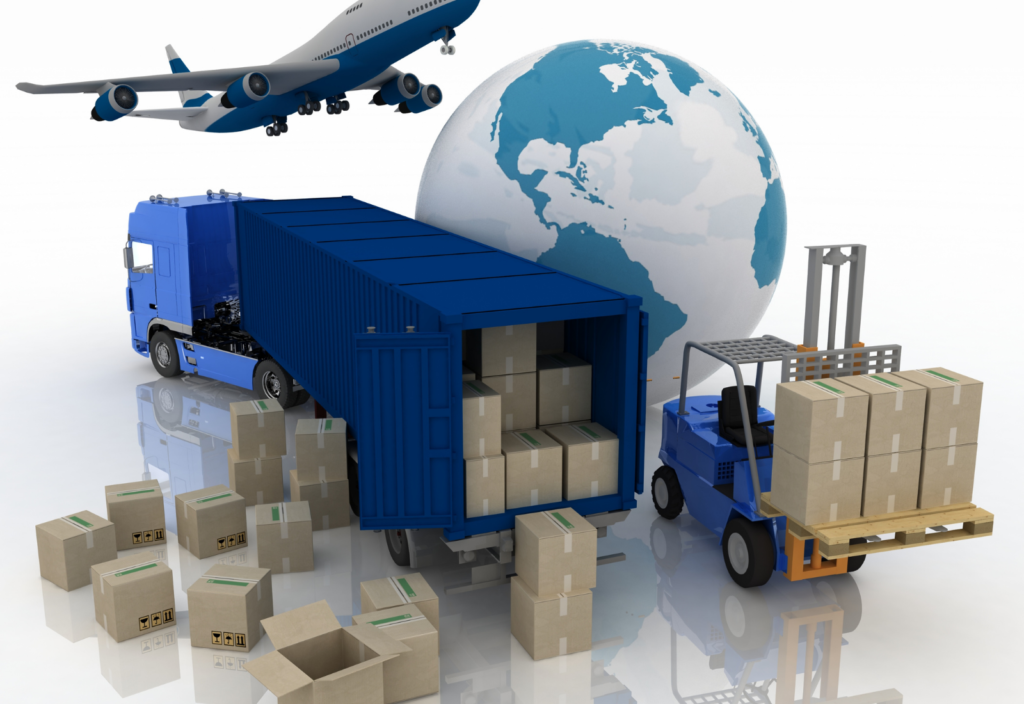Operating overseas is always difficult. Companies that start out in a new country rarely know the culture or the laws or the rules or the people that can be the deciders between success and failure. It is of course possible to bring in good people who know all of these things, but that can be very expensive. Setting up an entity and hiring a slew of people to sell your products in a foreign country requires time, money and expertise.
Foreign Country Distribution Relationships
Using a distributor to sell your products requires these three things as well but in smaller (usually much smaller) amounts. For SMEs (and often for big companies as well, going into a country with a seasoned and trusted distributor can be a good way to sell products while gaining expertise and contacts.
We have often written about distributor relationships from a legal perspective. See e.g., Distributing Your Product in China: The Legal Basics. But we have never discussed foreign distribution relationships from a business perspective until today. The below post is by friend and Latam business guru, Dennis Ray, whose career has mostly been devoted to setting up distribution relationships all around the world, especially in Latin America. We asked him to write this post so as to share the wealth of knowledge he has gained about what it takes to set up a successful international distribution relationship.
Below is that post:
Though about 60 percent of U.S. exports are from large, multinational enterprises (MNEs), it is also true that 98 percent of U.S. exporters are small and medium-size enterprises (SMEs) that do not have foreign subsidiaries set up for manufacturing or managing tariffs.
For most of these companies, direct-to-consumer exporting offers lower costs compared to other modes of market entry, but in many cases, costs can be reduced even further, and additional benefits reaped, by using an intermediary such as a distributor. The benefits of using a local distributor include local representation, and such customer-friendly services as sales and marketing support, technical support, invoice consolidation, collections and local inventory warehousing. Just having someone on the ground locally should not be underestimated.
Foreign Country Entry Modes
Among the various modes of entry into overseas markets – exporting, licensing, franchising, joint ventures, strategic alliances and wholly owned subsidiaries – exporting stands out as the preferred option for most SMEs. The reasons for this are simplicity, low risk, and low cost.
As with exporting, licensing offers the benefits of local knowledge and low cost, but typically provide the least control. Though franchising allows for greater control, it carries the greater risk and cost of ensuring that the franchise is being operated in accordance with the contract and business model and within the often complicated laws of the country in which your franchisees are located. Joint ventures involve creating a new legal entity, merger, or other reorganization that adds complexity and is usually beyond the requirements of most SMEs, which just want to sell overseas. Strategic alliances are simpler in comparison to a joint venture, as no new legal entity is created and no reorganization takes place; instead, the parties enter into a formal agreement to work towards a common goal. But though a strategic alliance presents less risk than a joint venture, it also exposes the SME exporter to the potential loss or theft of proprietary knowledge and they often just don’t last. Finally, a wholly owned subsidiary represents complete ownership of a company in the target country. This mode is used by many MNEs as it typically offers the greatest level of control as well as benefits related to local production in accordance with the company’s overall global strategy. A wholly owned subsidiary can be established through acquisition or as a greenfield investment. As with domestic acquisitions, there are both advantages and disadvantages associated with the purchase of an existing business. The wholly owned subsidiary usually carries the most complexity, risk, and cost of all entry options.
The nature of the SME’s product or service may define the entry mode, but in most cases, exporting will serve as a good and cost-effective starting point for an SME seeking to sell overseas. And exporting through a distributor can provide additional market intelligence that offers valuable insight into which markets offer the greatest potential, after which a pivot to one of the other modes may offer added benefit. For example, an exporter that has been working successfully with a distributor for several years in a specific market may decide that offering the distributor a license or franchise makes sense. The exporter may even decide that acquiring the distributor is the best way forward.
Foreign Country Export Distribution
The export model can be either direct-to-consumer or through an intermediary. With the advent of the Internet and e-commerce, there has been tremendous growth in export via direct sales. Most one-time purchases of consumer products that require little or no after-sales support are ideal for export sales over the Internet. These products are normally sold on price and require little interaction between buyer and seller. However, for the purchase of more technical products, sales to the OEM market or other B2B customers, as well as for products that require considerable after-sales support, some type of local representation is usually necessary for success.
A local distributor can develop and nurture brand relationships, in addition to providing many other services such as outside sales, technical support, invoice consolidation, collections, and maintaining a local inventory. A local distributor will ideally specialize in the exporter’s industry and sell a portfolio of complementary but non-competing products called a linecard. As such, they will have existing relationships with customers qualified to buy and with need for the exporter’s product, and they can promote the exporter’s product proactively to these same customers.
Since the distributor specializes in the exporter’s product, they can provide technical support before, during, and after the sale. Here we are defining a distributor as an intermediary that purchases from the exporter and then resells to and invoices the end users. This sort of distribution relationship should not to be confused with an agent working on commission. A distributor can take products either to meet demand on an order-by-order basis, or in larger quantities to speed delivery times from locally warehoused inventory.
An additional benefit of engaging a distribution partner is the convenience of invoicing a single entity instead of many individual customers. This also simplifies collections as nonpayment is not as likely with an active distributor with ongoing business both with you and with the ultimate buyers in the country in which it is located or has serious connections. These are the advantages a distributor offers, and even exporters that sell direct can benefit from the local representation a distributor provides.
Distributor Management
As with other market entry modes, engaging a distributor inevitably results in a certain loss of control. Grey markets, channel conflicts, and underutilized resources at the distribution level are all concerns.
At the same time, it is important to recognize that a distributor has local relationships and local market knowledge. If you as an exporter have a recommended retail price (RRP) for a product and the distributor says that under that pricing framework it cannot build a retailer network nor persuade direct sales customers those prices are fair (perhaps in comparison to pricing easily obtainable via the Internet in your home market), you probably need to trust your distributor.
If you insist on adherence to your RRP, customers may decide to make an end run around your local distributor, perhaps ordering from a distributor in your home market. For you as the manufacturer, a sale is a sale, but what about after-sales service? What about brand support? Yes, in the short term a sale is a sale, but in the long term, unauthorized sales channels undermine exporters’ efforts in other markets and have a detrimental effect on global strategy.
Though a parent company can direct a wholly owned subsidiary to apply resources as it deems appropriate, an exporter does not have this same level of control. The relationship between the exporter and the distributor is more nuanced and the interests of the two are seldom perfectly aligned. Channel power and the position the exporter occupies on the distributor’s linecard will often determine how the distributor deploys its resources. Though the distributor has agreed to faithfully represent the exporter in its territory, it is also the exporter’s primary customer with its own priorities. The exporter must ensure that its products become the distributor’s top priority and distribution policy and management play important roles in this regard. A mutually beneficial distribution policy should yield sustainable results. In addition to identifying, selecting, and training the distributor, the exporter’s distribution manager is also key to the distributor’s inspiration and motivation.
For many SMEs, exporting through a distributor offers significant advantages over direct-to-consumer exporting. Taking the time to identify and develop a distributor with local market knowledge and the ability and resources to offer pre-sales and post-sales support services is a cost-effective market entry strategy that can provide a strong foundation for establishing a greater market presence at a later date.
Dennis Ray has over 18 years of experience in international business development and is an expert in Latin American industrial markets. Dennis holds an MBA in International Business from the Florida Institute of Technology and a BA from San Jose State University. He is fluent in Portuguese and Spanish.

























